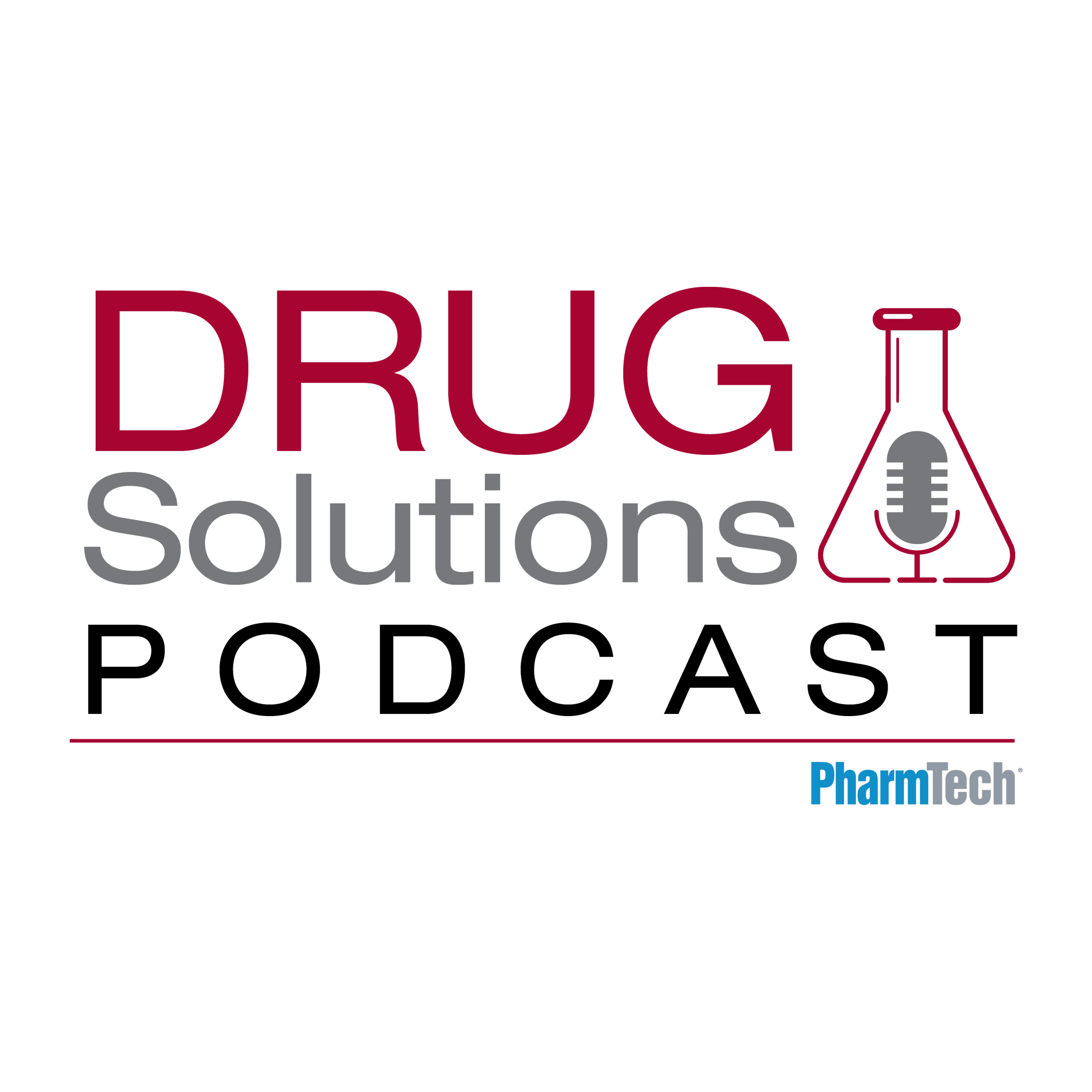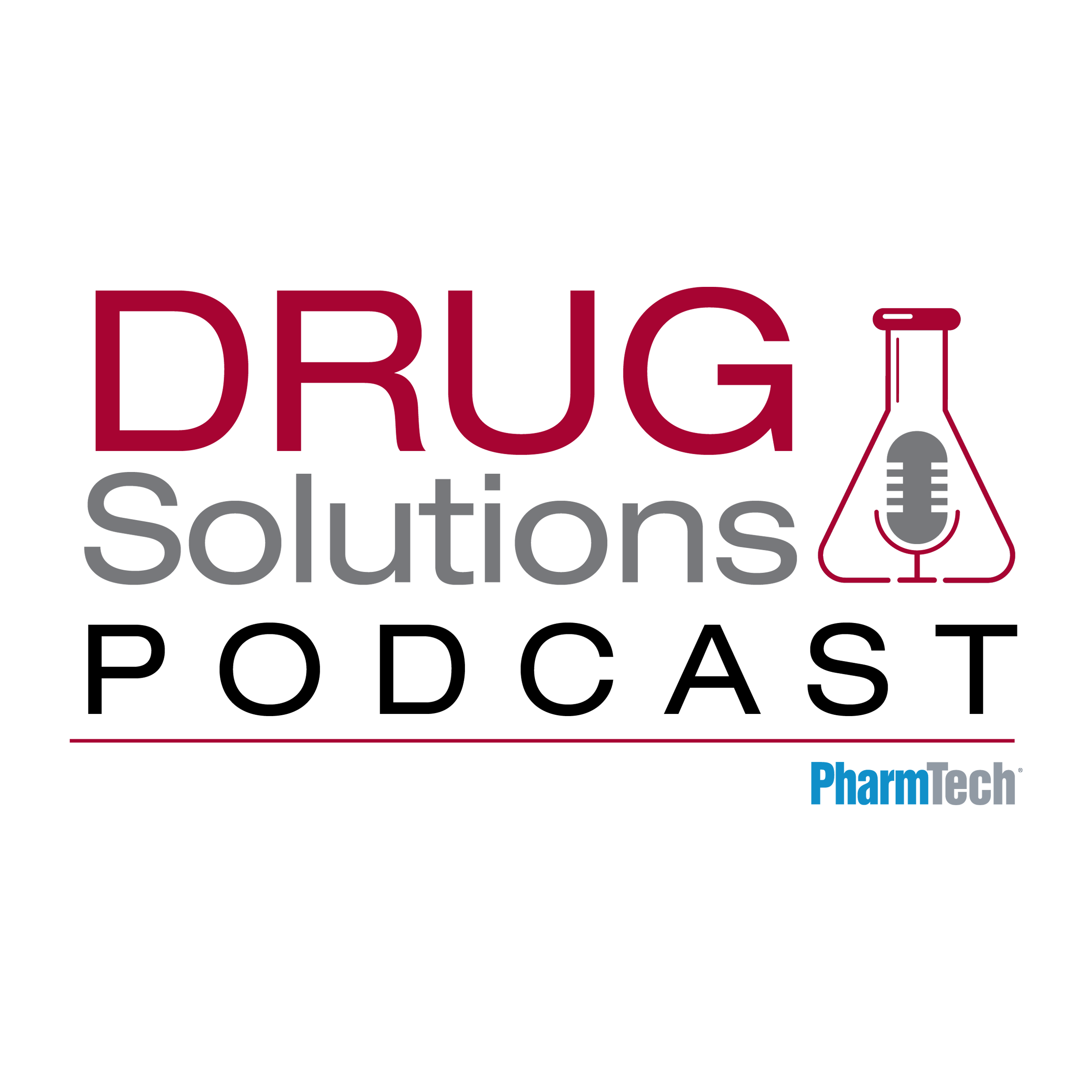News
Article
Pharmaceutical Technology
Bio/Pharma Needs Ideas and Incentives to Advance Manufacturing
Author(s):
While pharma is proving its capabilities to develop novel therapies, the industry still needs to work on manufacturing innovation.
FRESHIDEA/STOCK.ADOBE.COM

A 2003 Wall Street Journal article noted a pharmaceutical industry “secret;” as the industry develops “futuristic new drugs, its manufacturing techniques lag far behind those of potato-chip and laundry-soap makers” (1). Since the article was published, the introduction of quality-by-design practices, new monitoring technologies, and advances in science and engineering have improved some bio/pharma manufacturing processes. In too many cases, however, manufacturing and quality practices are still inadequate or too expensive.
The number of drugs approval by FDA-as well as innovative “firsts” designed to address patient needs-accelerated in the past two years. Following the 2017 approvals of the first cell therapies and gene therapies, 2018 saw the approval of new treatments for infections, the first novel antiviral treatment for the flu in 20 years, the first drug with an indication for treatment of smallpox, the first non-opioid treatment for the management of opioid withdrawal symptoms, and the first drug that contains a purified drug substance derived from marijuana.
The upswing in approvals of novel therapies indicates that bio/pharma companies are embracing innovation in R&D. However, analysts report that R&D efforts show diminishing returns. And, the ongoing pace of FDA warning letters, observations, recalls, and drug shortages demonstrates that the bio/pharma industry still has work to do to achieve efficient, cost-effective manufacturing, quality, and analysis to ensure a safe, sufficient drug supply.
A Deloitte/GlobalData study (2) reported that R&D returns at 12 Big Pharma companies hit 1.9% in 2018, the lowest level in nine years, down from 10.1% in 2010. Costs to bring a biopharmaceutical drug to market have almost doubled since 2010 from $1.18 billion to $2.18 billion while forecast peak sales per asset have fallen from $816 million in 2010 to $407 million in 2018, the report notes.
Four small, specialized biopharma companies analyzed for the report fared better than the Big Pharma companies with returns on R&D of 9.3%. Higher development costs ($2.8 billion) were offset by higher anticipated sales ($1.17 billion).
In light of ongoing criticism of the high cost of drugs, raising prices may not be the answer; bio/pharma companies need to find innovative ways to improve efficiencies.
Warning signs
In 2016, the number of warning letters issued by FDA for good manufacturing practice infractions doubled and maintained that high level in 2017 and 2018. The number of drug products recalled by FDA’s Center for Drug Evaluation and Research (CDER) has declined in the past two years; however, the number of recall events increased to the second highest level in the past 10 years (3). While efforts over the past five years have cut the number of new shortages from 251 in 2011 to 35 in 2017, as of Jan. 3, 2019, FDA listed 114 drugs as “currently in shortage” and 207 as discontinued (4).
Two examples demonstrate the implications of substandard quality and ineffective drug manufacturing on patients and company bottom lines.
Recalls of angiotensin II receptor blocker (ARB) drug products from multiple manufacturers-due to the presence of probable human carcinogens traced to API manufacturers-were launched in 2018 and continued in early 2019. As the recalls widened, regulatory authorities around the world scrambled to identify the root cause of the impurities and implications for patients.
Frustrated with the high cost and chronic shortages of medicines used in hospitals, seven health organizations representing 500 US hospitals formed Civica Rx, a not-for-profit generic drug company; the new organization plans to manufacture drugs for use by patients at the member hospitals. In September 2018, the company announced that it has identified 14 hospital-administered generic drugs and will either directly manufacture generic drugs or sub-contract manufacturing to contract manufacturing organizations (5).
The Deloitte study authors stressed the need for a “transformational change” in R&D productivity that uses technology-artificial intelligence, robotic process automation, natural language processing and generation, and machine learning-to replace or augment work done by humans. Partnerships, collaborations, and non-traditional operational models will be necessary to compete in a digital environment and companies will have to compete with non-pharma organizations for the technical talent needed to operate a digitally-driven company.
Many of the predicted applications of information technology focus on drug discovery, clinical trial, and patient monitoring applications. There are, however, opportunities to adopt other new technologies for drug formulation, process development, manufacturing, and supply chain phases.
Advanced manufacturing technology needed
While bio/pharma companies have demonstrated success at turning out new therapies, the uptake of advanced manufacturing technologies to produce these products, or better ways to manufacture existing products, has been slower.
Manufacturing issues, delays or capacity issues, and loss of manufacturing site account for two-thirds of the causes of drug shortages, FDA reports (6). Capital costs, lost production time for retrofitting, and the need for regulatory review for process changes deter some companies from investing in new technologies for established product lines. For new drug products, the race to get the drug to market is incentive to stick to proven technologies that may not be efficient or cost-effective in the long term.
Some advanced manufacturing technologies-such as continuous manufacturing for solid-dose drugs, 3D printing of drug products, and single-use bioreactors-have demonstrated effectiveness. Recent FDA approvals of continuous manufacturing processes for oral solid-dose drugs has spurred interest and innovation for advanced manufacturing processes. The Engineering Research Center for Structured Organic Particulate Systems (C-SOPS) at Rutgers University (NJ) works with industry and FDA to modernize pharmaceutical manufacturing processes focusing on continuous processing with predictive control and the next generation of dosage forms.
“There is a lot of technology out there, but the largest challenge remains in bringing it all together in a timely and cost-effective manner,” says Douglas B. Hausner, associate director of C-SOPS. “This is a challenge with modern advanced methods that have greater complexity and require greater upfront effort and investment to then run smoothly thereafter. Much of this pertains to software, sensor, and control integration. Some companies are looking to form partnerships and ‘pre-integrate’ where possible to minimize this.”
Many technological advances and materials are needed to reduce the costs of biopharmaceutical manufacturing, says Ruben G. Carbonell, chief technology officer at the National Institute for Innovation in Manufacturing Biopharmaceuticals (NIIMBL), a public-private partnership that advances biopharmaceutical manufacturing innovation and workforce development. In-line process analytical technology (PAT) for product quality and process control is one of the areas of greatest need, to enable continuous and hybrid processes, he says.
Automated bioreactors and purification processes for cell-therapy manufacturing; rapid adventitious agent (AA) detection and novel materials for viral clearance; and other technologies to reduce release times for biotherapeutics are other areas of need, he says. The availability of advanced technologies does not necessarily mean they are widely adopted, however. For example, “significant advances are being made in rapid AA detection utilizing next generation screening that are yet not being broadly throughout the industry,” Carbonell explains.
The equipment, instrument, or process-related steps that bio/pharma should take to improve development and manufacturing varies from organization to organization based on a number of factors, Hausner says. “In general, though, for powder-based manufacturing, an investment in physical property characterization coupled with advanced data analytics of the resulting data can greatly improve organizational familiarity with ingredients and what works for various applications. This enables organizations to gain formulation manufacturability experience, which is additive, and can greatly expedite process development over time.”
The fear of being first
Bio/pharma companies operate in a regulated environment and face pressures to control end-product prices while driving investor return on costly R&D efforts. The tendency to take a conservative approach to the adoption of new technologies or materials is not surprising.
“There are significant efforts within large biopharma companies and suppliers in the testing and evaluation of novel approaches to cost-effective manufacturing,” says Carbonell. “Adoption of these technologies has been slow because of perceived risks of not being approved for new products or processes.”
Hausner notes that when assessing new technologies or processes to advance drug production, companies are initially cautious and calculated, skeptical of regulatory acceptance, followed by enthusiasm and looking for rapid solutions and regulatory clarity.
“Given the significant costs associated with biopharmaceutical products, it is not surprising that biopharma companies take a conservative approach to innovation because they strive to ensure acceptance by regulatory agencies,” says Carbonell. “One of the main barriers to adoption of new technologies is indeed the perceived risk of not achieving regulatory acceptance. The biopharma industry, manufacturers and suppliers, should work side by side with regulatory agencies to evaluate new technologies to ensure rapid adoption.”
“There is the obvious financial cost/benefit and the fact that unknowns and unproven tech are always harder, but beyond this it often seems to come down to organizational readiness,” says Hausner. “Many new technologies are complex and require additional expertise often in the form of new hires or at least vendor/consultant relationships. There needs to be true organizational buy in for an advanced integrated technology. It can be much closer to buying or building a new plant than a new piece of hardware like a tablet press.”
FDA funding to fuel innovation
FDA actively encourages the adoption of advanced manufacturing processes. In 2014, the agency initiated an Emerging Technology Program, which enables meetings between drug development companies and FDA Emerging Technology Team members to address potential concerns about a novel technology prior to filing a regulatory submission.
While the agency has issued guidance on emerging technologies and promotes the adoption of advanced technologies at industry meetings., a broader effort by the agency is needed, wrote FDA Commissioner Scott Gottlieb in a July 2018 blog (7).
“The bottom line is this: drug makers won’t switch to these systems until we create a clear path toward their adoption and provide more regulatory certainty that changing over to a new manufacturing system won’t be an obstacle to either new or generic drug approvals,” wrote Gottlieb. “The FDA recognizes that it’ll require additional investment in policies and programs that’ll provide regulatory clarity to enable these new methods to be more quickly and widely adopted.”
The fiscal year 2019 budget includes $58 million to accelerate the development of the regulatory and scientific architecture, Gottlieb wrote. In August 2018, the agency issued nearly $6 million in grants to Rutgers University, the Massachusetts Institute of Technology, and the Georgia Institute of Technology to study improvements to continuous manufacturing, monitoring, and control techniques (8). An additional $2.4 million in grants were awarded to six universities to investigate improvements to continuous manufacturing for biologic-based drugs (9).
More transparency?
Increased transparency by regulatory authorities about review and enforcement processes could inform other bio/pharma companies about potential pitfalls in development or manufacturing processes. The need for confidentiality and protection of trade secrets, however, restricts information that can be released.
FDA warning letters disclose a limited amount of information about violations. Observations reported on Form 483 documents often are not revealed. Issues noted in complete response letters are rarely publicized. And, pharma companies have released information about clinical trials that was contrary to FDA findings (10). The FDA commissioner has authority under 21 Code of Federal Regulations 20.82 to disclose records under certain circumstances, but rarely does.
More collaboration and research
Although the complexities of drug manufacturing may exceed that of other industries-including snack foods and laundry soaps-can bio/pharma learn from other industries about adopting new technologies?
“I would like to say yes, but in my experience the answer is no. The difference in how bio/pharma develops products with clinical trials and is regulated relative to most other industries makes a big difference,” said Hausner. “In other industries, it is much easier to try other technologies, but this is more costly and more risky in pharma. What results is the need for some sort of perceived advantage in order for the cost/benefit analysis to work, and this often comes in the form of regulatory acceptance, exclusivity (biosimilars), expedition (breakthrough designation), etc.”
Pre-competitive efforts have paid off in other industries, explained Carbonell. “Years ago, the microelectronics industry created large, pre-competitive non-profit consortia of manufacturers, academic and research institutions, and government agencies to evaluate new technologies, such as SEMATECH, to standardize and harmonize equipment, connectors, and measurement devices and approaches,” he said. “These efforts played a key role in reducing costs and advancing the chip manufacturing industry in the US.”
“Pre-competitive industry organizations play a major role by helping to inform the public consensus on new technology. This aids in regulatory understanding, acceptance, and approval,” said Hausner. “These groups perform a soft harmonization on technology and nomenclature ahead of more official groups like regulatory bodies and standard-setting organizations.”
“Industry-university-non profit-government consortia such as NIIMBL can play a key role in accelerating the adoption of novel manufacturing approaches. New technologies that show promise in the laboratory can be tested and de-risked in an industrial setting taking into account regulatory expectations,” said Carbonell. “These consortia reduce the costs of technology development and significantly reduce the risk to an individual company of developing a new approach that may not be approved because it is not broadly accepted.”
Contract services perspective
Contract services organizations play a key role in developing and manufacturing drugs; in 2014, the Pharma & Biopharma Outsourcing Association (PBOA) was formed to represent drug industry contract manufacturing organization/contract development and manufacturing organizations (CMO/CDMO).
“PBOA has worked with a cross-industry consortium on FDA’s Quality Metrics guidances, providing feedback from a CMO/CDMO perspective about this well-intended but potentially damaging program,” says Gil Roth, president of PBOA. “We’ve also worked with FDA’s serialization team and their new drug shortages task force.”
In 2019, PBOA will continue work on drug shortage issues, the implementation and rollout of the Drug Supply Chain Security Act and other regions’ serialization laws. In addition, Roth says, they plan to educate FDA about the potential drawbacks of its quality metrics program and address state and local bio/pharma laws that may impact CMO/CDMOs.
References
1. L. Abboud and S. Hensley, “New Prescription for Drug Makers: Update the Plants,” WSJ, Sept. 3, 2003.
2. M. Steedman, et. al., Unlocking R&D Productivity. Measuring the Return from Pharmaceutical Innovation, Deloitte, 2018.
3. FDA, Enforcement Activity.
4. FDA, Drug Shortages.
5. Civica Rx, “Not-for-Profit Generic Drug Company Officially Established, Attracts Interest of More Than 120 Health Organizations,” Press Release, Sept. 6, 2018.
6. FDA, Drug Shortages Infographic.
7. S. Gottlieb, “FDA Budget Matters: Investing in Advanced Domestic Manufacturing,” FDA Blog, July 13, 2018.
8. FDA, “FDA Supports Critical Research to Spur Innovation for Continuous Manufacturing Technology to Support and Advance Drug and Biologics Development,” FDA in Brief, Aug. 1, 2018.
9. FDA, “FDA Awards Grants to Foster Innovation for Advanced Manufacturing Technology as Part of the Agency’s Efforts to Ensure a Robust and Reliable Supply of Biological Products,” FDA in Brief, Sept. 20, 2018.
10. J. Sharfstein, et. al., Journal of Law, Medicine & Ethics, 45 (2) suppl, December 2017.
Article Details
Pharmaceutical Technology
Vol. 43, No. 1
January 2019
Pages: 16–23
Citation
When referring to this article, please cite it as: R. Peters, “Bio/Pharma Needs Ideas and Incentives to Advance Manufacturing, "Pharmaceutical Technology 43 (12) 2019.

Newsletter
Get the essential updates shaping the future of pharma manufacturing and compliance—subscribe today to Pharmaceutical Technology and never miss a breakthrough.





